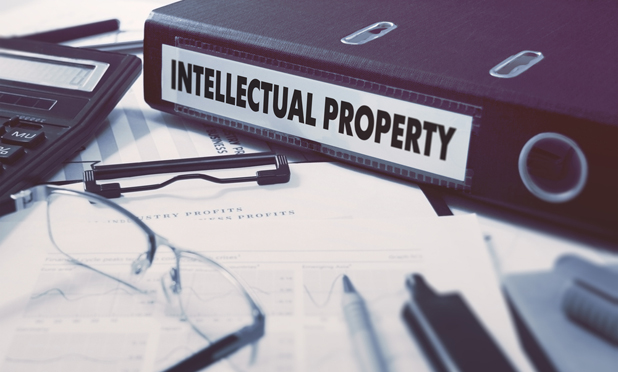The Founding Fathers thought patents were an important part of the new country’s future—even as they were still working out basic issues such as how many branches of government were required in a democracy, and who was going to pay the bills run up during their War of Independence. The U.S. Constitution has a clause specifically dedicated to intellectual property: Article 1, Section 8, Clause 8 gives Congress the power “To promote the Progress of Science and useful Arts, by securing for limited Times to Authors and Inventors the exclusive Right to their respective Writings and Discoveries.”
The ability of the U.S. government to grant patents is delegated to the U.S. Patent and Trademark Office, part of the Department of Commerce. The Patent Office receives applications for patents, and after examining them for certain requirements, assigns them numbers sequentially as they issue. For instance, Patent No. 1 was given to Samuel Hopkinson on July 31, 1790 for an invention directed to making potash—salts that contain potassium—and was signed by George Washington, Edmund Randolph (the first U.S. attorney general), and Thomas Jefferson.
Currently, the Patent Office is issuing patents with numbers somewhere around 9,300,000. (This number should actually be higher, but the Great Patent Fire of 1836 burned all of the records of the patents in existence at the time—somewhere around 10,000 of them—and the Patent Office consequently had to restart its count from 1.) The process of acquiring a patent is oddly termed “prosecution,” and usually involves hiring a patent lawyer to prepare an application, file it with the Patent Office, and negotiate with an examiner at the Patent Office to determine the scope of protection to be granted by the patent.
Patent Rights
Surprisingly, a patent does not actually grant an inventor rights to make or use anything. Rather, a patent is the right to stop others from doing something, which does not necessarily imply that the inventor also has the right to do that thing (for example, without inviting patent infringement lawsuits over other patents). A patent only gives the patent owner the right to stop anyone else from making, using, selling, or importing the patented invention—or in other words, to “exclude” others.
That ability to force someone else to stop doing something (or to make them pay royalties if they want to keep doing it) can be of surprising economic value, as it can be used to effectively stop competitors in their tracks. Accordingly, patents covering important ideas can sometimes have estimated values in the millions of dollars, and inventors and companies are often willing to pay large sums of money to develop new ideas and patent estates [1].
A patent can be thought of as a bargain between the U.S. government and an inventor: publication of the invention in return for exclusionary rights. Thus, the inventor is required to disclose everything they are aware of relating to their invention, including how to make and use it, the best way of using it, and other relevant publications that they are aware of relating to it. The U.S. government, in turn, publishes the patents and patent applications that it receives (regardless of the merits—it’s required to publish almost anything that it gets), and grants the inventor the right to keep others from using the invention. This right can be enforced through the courts owned by the U.S. government—i.e., via a patent infringement lawsuit in federal (not state) court. Enforcement of this right in the courts is usually termed “litigation,” as opposed to the “prosecution” of the patent that occurs before the Patent Office.
The inventor gets a limited time in which to exclude all others from using the invention, during which the inventor has a chance (not a guarantee) to make a profit by keeping away potential competitors. Thus, ultimately, it is the marketplace, not the government, that determines the value of the invention, and thereby offers value to the inventor. This was the basic bargain of the patent system as envisioned by the Founding Fathers, and was intended to put the newly-minted country on a path towards technological progress—by economically rewarding inventors for sharing their hard-won knowledge with others.
Because of this, the Patent Office does not try to evaluate economic profitability of anything it receives, and instead will happily issue any patent that it thinks meets the standards for patentability—regardless of how ridiculous or crazy it might appear to the public, economically or otherwise (see the figures below for some interesting examples from famous people). The Patent Office sometimes gets criticized for issuing patents for bizarre or laughable ideas (sometimes unfairly, sometimes not), but that’s actually part of the original foundation of the patent system. The fundamental idea is that it should be the marketplace, not the government, that decides the value of an invention.
[accordion title=”Patents Submitted by Famous People”]
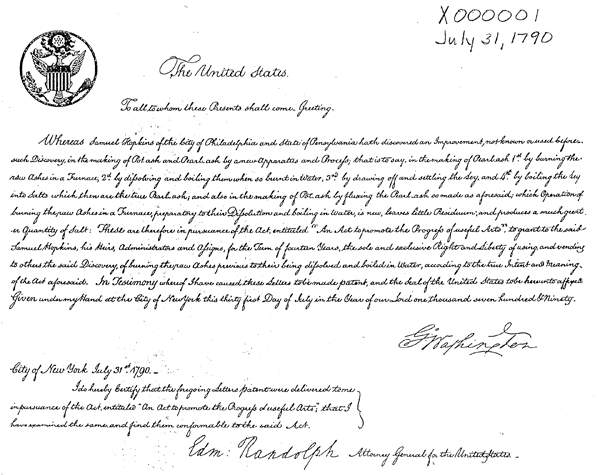
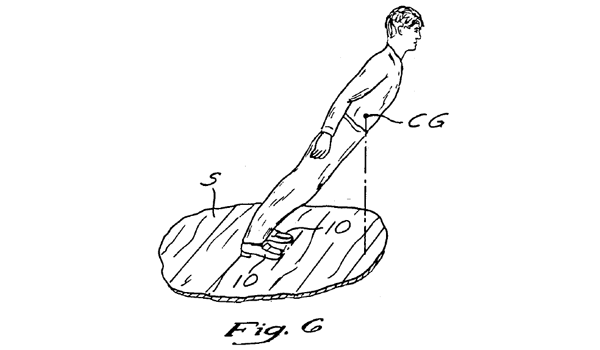
![Fig. 1 of U.S. Patent No. 6,469, “Manner of Bouying [sic] Vessels,” by Abraham Lincoln. Abraham Lincoln is the only U.S. president to be listed as an inventor on a patent.](https://www.embs.org/wp-content/uploads/2016/11/chen-03.jpg)
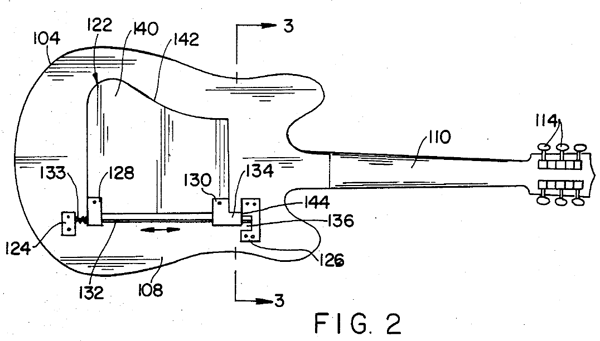
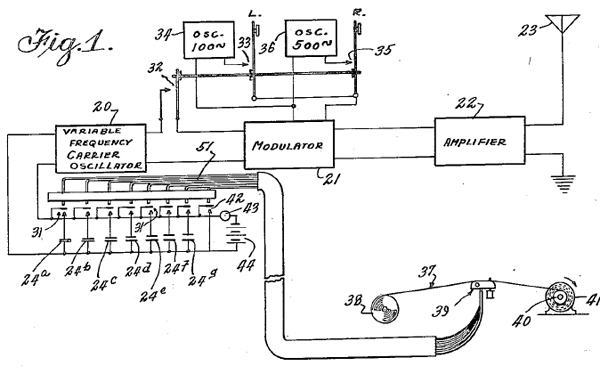
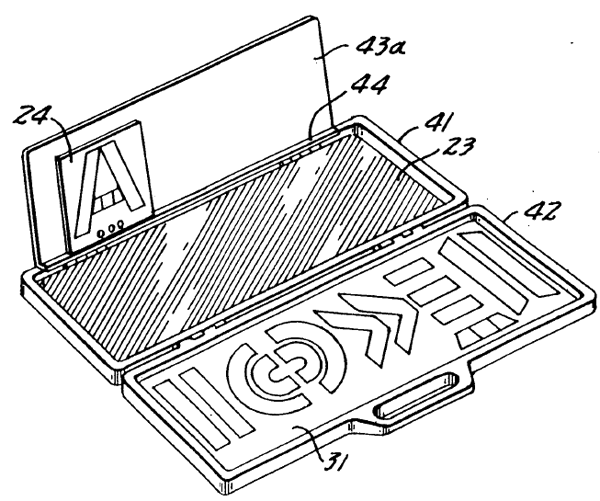
[/accordion]
A patent can also be thought of as property, not unlike real estate—hence the term “intellectual property.” The owner of a patent, like a landowner, can keep others off that land (and threaten them with lawsuits if they do not comply), or choose to sell it to anyone else (“assign” in patent jargon), including companies or other people. Thus, the assignee is the one who owns the patent, and has the right to go to court to enforce the inventor’s rights against anyone—even against the original inventor! This may be less surprising if you think about patents as an analogy of real estate. A homebuilder may spend a large amount of time and money building a new house, but once the house has been sold to a new owner, that homebuilder can’t just go wandering around that house as if it was still theirs.
As noted above, patents can be thought of as a bargain between the U.S. government and the inventor. Because it involves a right granted by the U.S. government, this bargain can only extend to the limits of power of the U.S. government’s courts—in other words, a U.S. patent is only good inside the U.S. Other governments, such as those of China and Japan, will also grant similar rights within their borders, which means that an inventor will often need to prosecute a patent application in front of a number of different government patent offices in order to secure rights to the invention worldwide. As this can get quite complicated, it is often wise for inventors to enlist the services of an experienced patent lawyer who can navigate the complex maze of international agreements and deadlines to secure patent rights in various countries [2].
Patent Requirements
A patent generally has two main parts: the specification, which describes various facets of the invention, and the claims, which are a series of numbered sentences that actually define the scope of protection for the invention. The specification may include figures and additional discussion about other inventions or ideas, but it is the claims that define the actual scope of protection of the patent.
The claims usually recite a series of discrete elements or acts that describe the components of the invention. Accordingly, it is critical to carefully consider what is actually required within the claims submitted to the Patent Office for inspection, and much of the negotiation with the Patent Office concerns which elements or acts are truly needed within the claims. Once issued, one “infringes” a claim in a patent if, without permission, one has an object (a device, a molecule, etc.) having the same elements, or if one performs the same acts, as those recited in the claims. Note that patent infringement does not require that the infringement be done on purpose; infringement can occur by sheer accident.
Curiously, all claims are required to be contained in a single sentence, although there does not seem to be a particularly good reason for this requirement, other than tradition. But think about something as complicated as a jet engine or a monkey wrench, and then imagine trying to explain how it works using only a single sentence—that’s what often turns claims into a nearly impenetrable mass of indents, sub-indents, commas, semicolons, parentheticals, run-on clauses, and the like [3].
The Supreme Court once noted that “The specification and claims of a patent, particularly if the invention be at all complicated, constitute one of the most difficult legal instruments to draw with accuracy” [4]. I find it amusing that other lawyers will complain that patents are impossible to read because of all that scientific gobbledygook, while scientists will complain that those same patents are impossible to read because of all that legalese. In truth, drafting patents competently requires expertise in both. While there’s no requirement that one hire a patent lawyer, patent law has many traps for the unwary. Even hiring a competent patent lawyer that does not have the proper scientific training can be a problem. Just think of a computer programmer trying to explain how to surgically remove a brain tumor, or a brain surgeon trying to explain how to hack into a locked smartphone, and it’s not hard to imagine the problems that might result.
The Patent Office will review the patent application for a series of requirements, some of which get rather technical. However, one of the foremost is that the patent has to protect an invention. I generally like to think of an invention as something new that has never been done before in the history of the universe by anyone, anywhere—including by the inventors themselves! This is the fundamental source of the “absolute novelty” requirement: by definition, an invention must be new to be an invention. Anything published anywhere, whether by the inventors or by anyone else, is fair game for use by the Patent Office to show that the purported invention has, in fact, been done before, and therefore, by definition, is not an invention.
Thus, in order to get a patent, one must file the patent application before disclosing the invention anywhere in the world—before any publications (online or on paper), presentations, blogs, press releases, mass emails, newsfeeds, conference abstracts, posters, tweets, Facebook posts, etc. This can sometimes result in a patent lawyer performing various heroics in order to ensure that the Patent Office gets the patent application on file before any such publication occurs.
Conclusion
Somewhat counterintuitively, inventions “donated” to the public, with the hope that others will start using that invention free of charge, often end up not actually reaching the public, because of the time and money necessary to develop an idea into a sellable product. Many companies are afraid of sinking enormous amounts of time and money into developing a product, when a competitor could simply come in, copy the product, and sell it for much less money—thereby leaving the company unable to recover any of its investment if it has to slash its prices in order to compete. Accordingly, without any chance of patent protection, most companies would be unwilling to commit resources to developing new inventions.
Patents are a tricky business. But it is essential for anyone developing new ideas or products, or starting a new company, to understand how the patenting process works, how patent strategy meshes with business goals and objectives, and what the pitfalls are. Somewhat counterintuitively, the most valuable patents are not necessarily the ones that just protect an invention developed in a laboratory. Instead, valuable patents are ones that can also fend off any potentially competing approaches that others might try in order to compete against that invention. This goes back to the first principle of patent rights: they exclude others.
Footnotes and References
In one of the latest rounds in the smartphone wars between Apple and Samsung, a judgment of nearly US$120 million was overturned on appeal. Apple Inc. v. Samsung Elecs Co. Ltd., ___ F.3d ___ (Fed. Cir. 2016).
- Patents in the international realm are covered by various agreements, including the Paris Convention for the Protection of Industrial Property, the Patent Cooperation Treaty, and the Agreement on Trade-Related Aspects of Intellectual Property Rights, among others, but the prosecution of patents internationally is beyond the scope of this article.
- You may be amused to read monsters such as U.S. Pat. Nos. 5,408,417, 5,887,363, 6,763,226, or 6,953,802. Or not.
- Topliff v. Topliff, 145 U.S. 156 (1892).



